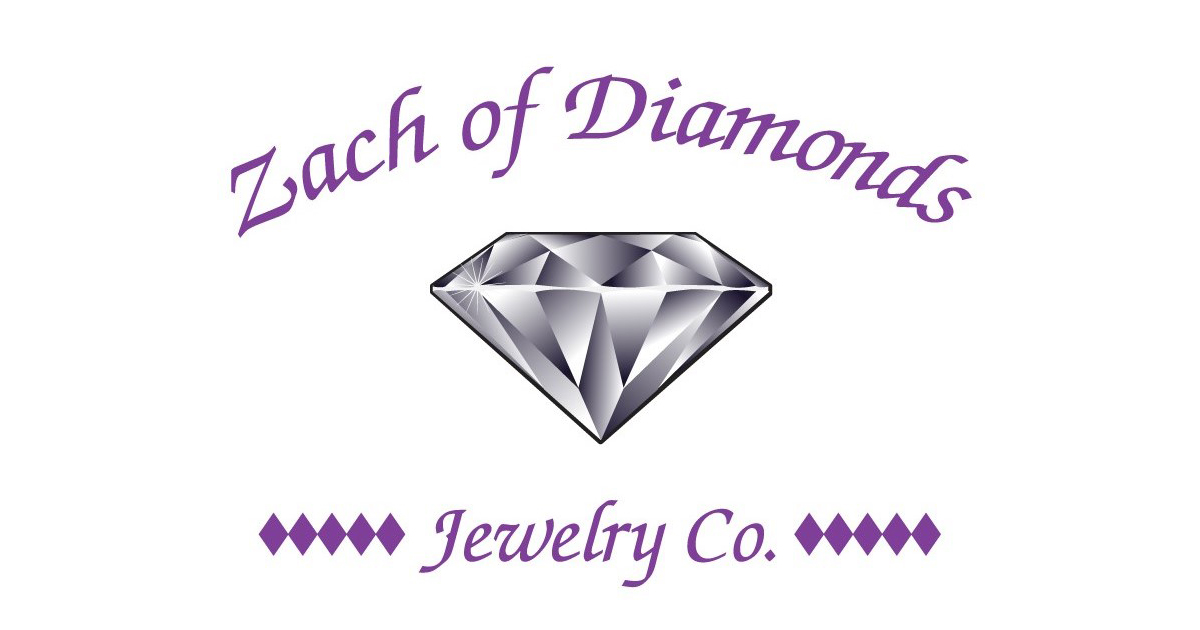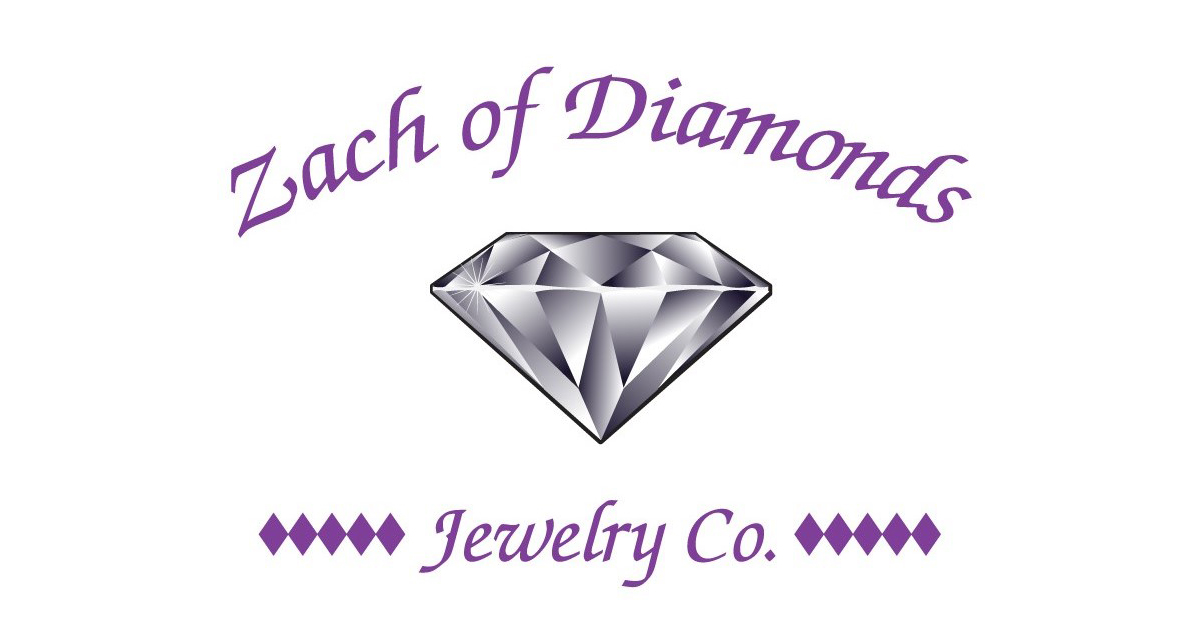The 4 C's: Cut, Color, Clarity and Carat
Selecting Your Diamond
Throughout history, the diamond has been an enduring symbol of the powerful bond of love. Its strength, brilliance and value are as unique as the individuals who wear them. A diamond’s worth is evaluated on four levels. We call these criteria the 4 C’s — cut, carat weight, color and clarity. But there are other considerations as well when buying a diamond, and Ross-Simons has put together this education section to help you understand the terminology and special considerations you need to make when selecting your perfect diamond.
Depending on your preference and your budget, the combination of the elements of the 4 C’s, (as well as certification) is up to you. Is clarity more important than carat? Is carat more important than color? Only you can decide what combination makes up the perfect choice for your diamond jewelry.
CUT
How a diamond is cut is extremely important. In fact, it might be the most significant factor of the 4 C’s. The cut determines the diamond’s reflective qualities and directly influences its value. A diamond’s cut affects its brilliance. The better the cut, the brighter the diamond appears.
How light enters a diamond is demonstrated in the illustration (at right). When a diamond is well cut, light enters through the table, travels to the pavilion and reflects from side-to-side, then pours out so the eye can see its fiery brilliance. Poorly cut diamonds have less fire and brilliance, because light enters through the table, hits the facets and is ultimately lost out of the diamond’s sides.
A diamond’s cut is sometimes confused with its shape. Shape is the actual appearance of a diamond, like round, pear, princess, oval, emerald, etc.
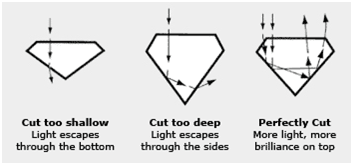
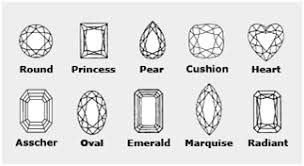
COLOR
In nature, diamonds are found with a wide array of color — from colorless, to faint yellow or even brown, to rare pinks, blues, greens and other colors known as “fancies.” Selecting a diamond color is a matter of preference. Fancy yellow and pink diamonds make a creative and individual statement for an engagement ring. Most diamonds have at least a trace of yellow, brown or grey body color. In general, the more colorless a diamond, the greater its relative value. Diamonds that are graded D, E, and F are considered colorless. Diamonds graded G, H, and I are considered near-colorless. The color of your diamond will be reflected on your certificate.
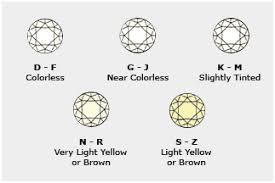
CLARITY
Most diamonds contain very tiny natural characteristics called “inclusions.” The size, number, position, nature and color of these inclusions (as seen by the trained eye using 10 power magnification) will determine a stone’s clarity grade. The smaller and less frequent the inclusions and surface blemishes, the more valuable and rare the gemstone.
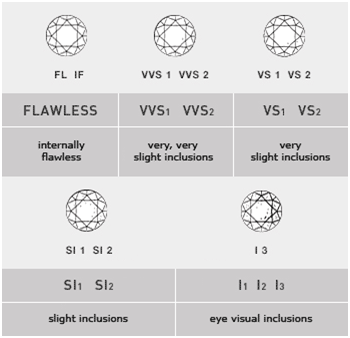
CARAT
Carat weight is the standard measure of a diamond’s weight. The larger the diamond, the more rare it is. A carat (equivalent to 200 milligrams) consists of 100 points. Therefore, a diamond of 75 points weighs .75 carats.
It is important to remember that two diamonds of equal carat weight may have dramatically different values, depending upon the stone’s cut, clarity and color.
